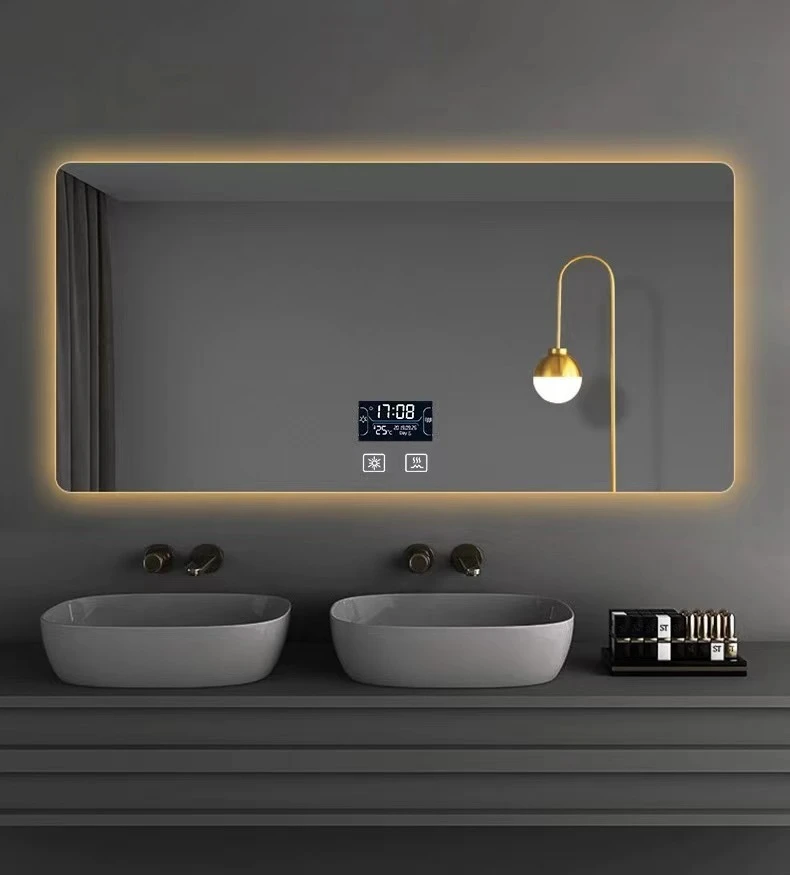

Exploring Low-E 366 Argon Glass Enhancing Energy Efficiency in Modern Architecture
In the realm of modern architecture and energy efficiency, Low-E (low emissivity) glass has emerged as a revolutionary material. Among the various types of Low-E glass on the market, Low-E 366 Argon glass stands out for its unique properties and benefits. This article will delve into the characteristics of Low-E 366 Argon glass, its applications, and the advantages it offers to both builders and homeowners.
What is Low-E 366 Argon Glass?
Low-E 366 Argon glass is a type of insulated glazing that features a specially designed coating which reflects infrared energy while allowing visible light to pass through. The 366 designates the specific performance characteristics of the glass, which provides optimal thermal insulation. Furthermore, this type of glass is filled with argon gas—an inert gas that significantly enhances its insulating properties by reducing heat transfer.
Benefits of Low-E 366 Argon Glass
1. Enhanced Energy Efficiency The primary advantage of Low-E 366 Argon glass is its ability to improve energy efficiency. By reflecting solar heat in the summer and retaining interior heat in the winter, this glass minimizes the need for artificial heating and cooling. This results in lower energy bills, making it an environmentally friendly choice for any building.
2. UV Protection Low-E 366 Argon glass blocks a considerable portion of ultraviolet (UV) rays, which can cause fading and damage to indoor furnishings, artwork, and flooring. By using this type of glass, homeowners can preserve the vibrancy of their interior spaces while also protecting their investments.

3. Comfortable Indoor Environment The thermal performance of Low-E 366 Argon glass creates a more stable indoor temperature, eliminating cold spots near windows and reducing drafts. This not only enhances the comfort of occupants but also contributes to a more pleasant living environment.
4. Noise Reduction The combination of double or triple glazing often used with Low-E 366 Argon glass also aids in sound insulation. This can be particularly beneficial for homes located in busy urban areas or near highways, helping to create a quieter and more serene atmosphere indoors.
Applications of Low-E 366 Argon Glass
Low-E 366 Argon glass is an excellent choice for a variety of applications in both residential and commercial settings. In residential architecture, it is commonly used in windows and sliding glass doors, enhancing the overall energy efficiency of homes. As more homeowners become aware of the benefits of energy-efficient building materials, the demand for Low-E glass products has surged.
In commercial buildings, Low-E 366 Argon glass can be utilized in curtain walls and skylights, providing a stylish aesthetic while minimizing energy consumption. Many architects are incorporating this advanced glazing system into their designs to meet sustainability goals and improve building performance.
Conclusion
The increasing focus on energy efficiency and sustainable building practices has made Low-E 366 Argon glass a popular choice among architects, builders, and homeowners alike. With its unique combination of thermal performance, UV protection, and noise reduction, this innovative glazing solution is revolutionizing both residential and commercial architecture. As we continue to prioritize environmental sustainability, materials like Low-E 366 Argon glass will play a crucial role in shaping the buildings of tomorrow—creating spaces that are not only beautiful and functional but also energy-efficient and eco-friendly. In summary, adopting Low-E 366 Argon glass is not just a smart investment; it is a significant step toward a more sustainable future.